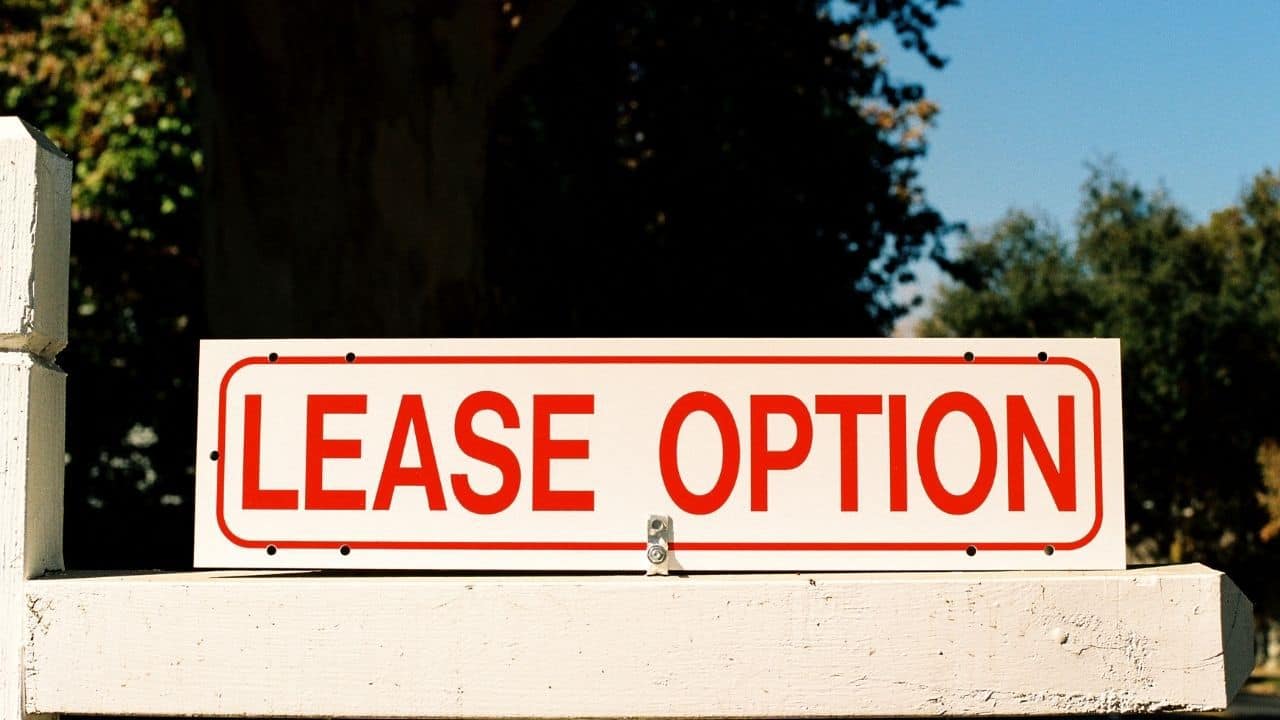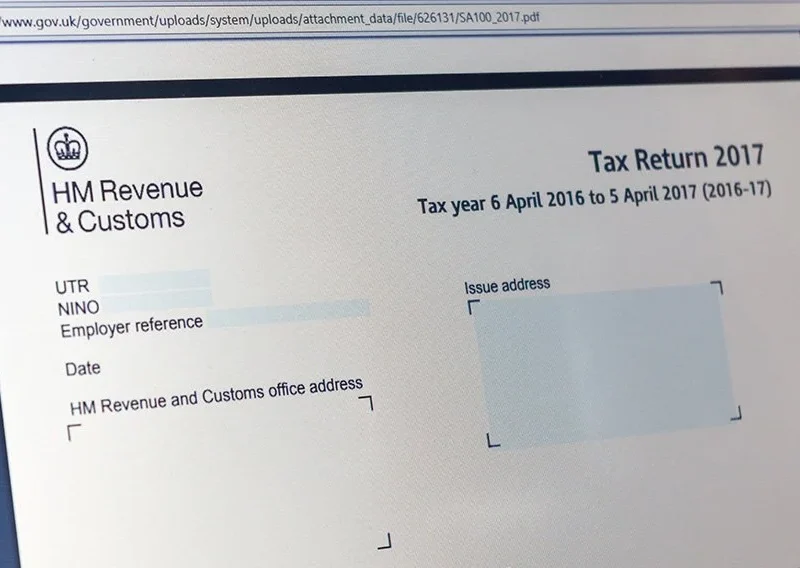A lease option agreement is like a rental contract, but with a twist. It lets someone rent a place but also gives them the option to buy it later. First, both the landlord and tenant agree on terms, like how much rent to pay and for how long. Then, the tenant pays a fee to have the option to buy the place later.
Some of the rent money might count towards buying the place. If the tenant decides to buy, they let the landlord know, and they start the buying process. If not, they don’t have to buy, but they lose the fee. This deal can be good for renters who might want to buy later and for landlords who might sell for more.
What are the Components of a Lease Option Agreement?
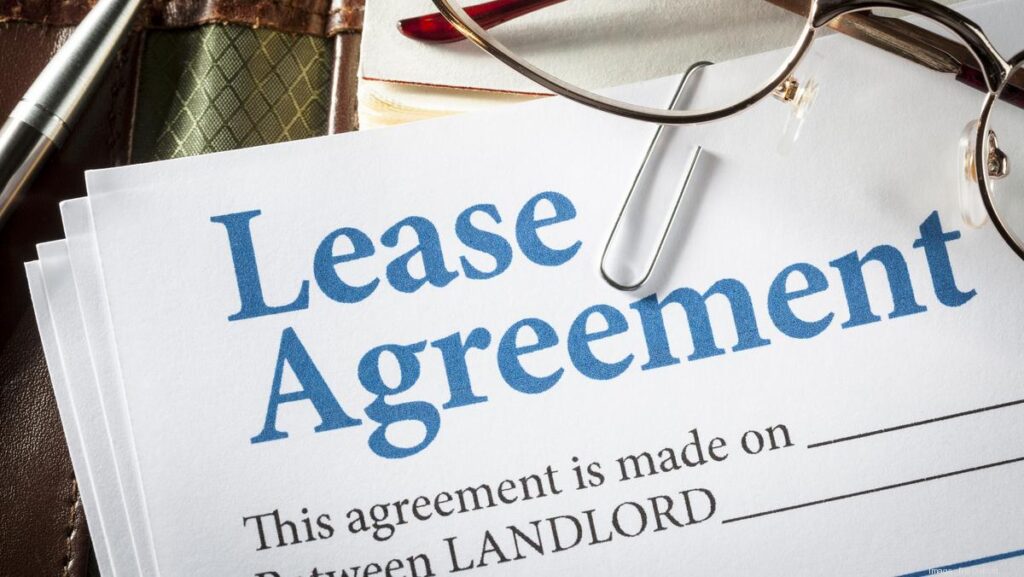
A lease option agreement, commonly known as rent-to-own or lease-purchase, entails several essential components. Firstly, it identifies the involved parties – the landlord/seller who owns the property and the tenant/buyer who leases with the option to buy. A detailed property description follows, including the address and any distinctive features.
The agreement outlines lease terms such as duration and rent amount, alongside option terms like purchase price and duration. Option consideration, a non-refundable fee paid by the tenant, may also be specified. Some agreements include rent credits, where a portion of rent payments goes toward the purchase price. Responsibilities for maintenance and repairs are typically outlined, as well as procedures for default and termination.
Closing procedures detail steps for finalizing the property sale if the option is exercised. Additional provisions may address insurance, utilities, and taxes. It is essential that both parties fully comprehend and go over the conditions before signing, and it is important to have legal counsel for clarification and protection.
How do Key Parties Influence Lease Option Agreements?
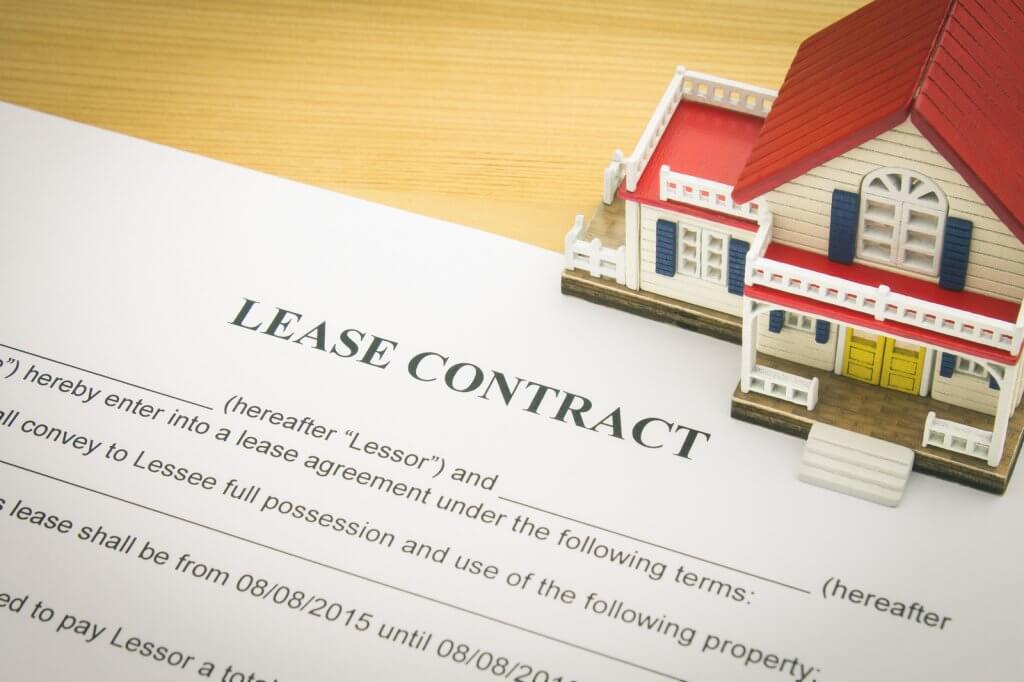
Key parties play significant roles in shaping lease option agreements, influencing various aspects of the arrangement:
Landlord/Seller
As the property owner, the landlord/seller sets the terms of the lease option agreement, including the purchase price, lease duration, and option terms. They may also determine the amount of option consideration and whether rent credits apply.
Additionally, the landlord/seller is responsible for maintaining the property and ensuring it meets any agreed-upon conditions for the tenant/buyer.
Tenant/Buyer
The tenant/buyer seeks the option to purchase the property and negotiates terms with the landlord/seller. They typically pay an option fee and may have rent credits applied toward the purchase price. The tenant/buyer must adhere to the terms of the lease, including making timely rent payments and maintaining the property.
Ultimately, they decide whether to exercise the option to purchase the property at the end of the lease term.
Real Estate Agents/Brokers
Real estate agents or brokers may facilitate lease option agreements by connecting landlords/sellers with potential tenants/buyers. They can assist in negotiating terms, ensuring legal compliance, and drafting the agreement.
Agents may also provide guidance on market conditions, property values, and other factors influencing the agreement.
Legal Advisors
Both parties may seek legal advice to understand their rights and obligations under the lease option agreement. Legal advisors can review the agreement, identify potential risks, and ensure that the terms are fair and enforceable.
They may also assist in resolving disputes or addressing unforeseen circumstances that arise during the lease term.
Financial Institutions
If the tenant/buyer intends to obtain financing to purchase the property at the end of the lease term, they may need to work with financial institutions to secure a mortgage.
Financial institutions may require documentation from the landlord/seller and evaluate the property’s value and condition before providing financing.
Property Inspectors/Appraisers
Property inspectors and appraisers may assess the condition and value of the property before the lease option agreement is finalized.
Their findings can influence negotiations between the landlord/seller and tenant/buyer, particularly regarding repairs or adjustments to the purchase price.
Overall, the interactions and negotiations among these key parties shape the terms and conditions of lease option agreements, impacting the rights and responsibilities of both landlords/sellers and tenants/buyers.
What are the Advantages and Disadvantages of Lease Option Agreements?

Lease option agreements can offer benefits to both landlords and tenants, but they also come with potential drawbacks. Here’s a breakdown of the advantages and disadvantages:
Good Things About Lease Option Agreements
- Pick What You Want: The landlord and the renter can choose what they want to do. The renter can decide later if they want to buy the place.
- More Money for the Landlord: The landlord can get more money by charging higher rent and getting extra money from the renter at the start.
- Taking Care of the Place: The renter might take better care of the place because they might want to buy it later.
- Protecting the Price: The renter knows how much they will pay for the place later, so they don’t have to worry about it costing more.
- Time to Get Better with Money: If the renter can’t buy the place now, they have time to get better with their money while living there.
Not-So-Good Things About Lease Option Agreements
- Hard to Understand: The agreement might be hard to understand because it has many details, which can make things confusing.
- Arguments Might Happen: The landlord and the renter might not agree on things like fixing problems or how much rent to pay, which can cause arguments.
- Might Not Happen as Planned: Sometimes, the landlord or the renter might not do what they said they would. For example, the renter might not buy the place later like they promised.
- Price Might Change: The place’s price might go down during the rental time, which could change the landlord’s plans to sell it later.
- Not for Everyone: Some renters might not like lease option agreements, so landlords might not have as many people who want to rent their place.
How to Create a Lease Option Agreement: Steps and Process?
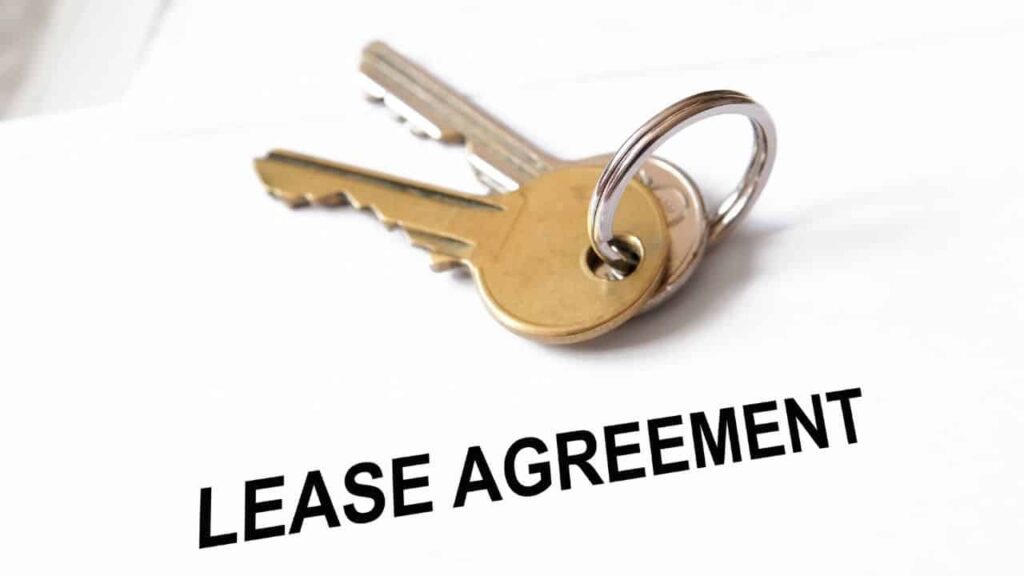
Creating a lease option agreement involves several simple steps. First, it’s important to understand what a lease option agreement is and how it works. Then, decide who will be involved—the landlord (who owns the property) and the tenant (who wants to rent it). Once you’ve got everyone’s details, talk about the rules, like how long the rent will last, how much it will cost, and if there are any extra fees. Describe the property where it is, what it looks like, and any special rules.
Next, write down the agreement using easy words that everyone can understand, making sure to include rent, who fixes things, and what happens if there’s a problem. You might want to ask someone who knows about the law to help. After that, show the agreement to everyone involved and talk about any changes they want. When everyone agrees, it’s time to sign it in front of someone who can witness it.
Finally, make sure to do what you agreed pay rent on time, keep the property nice, and talk to each other if there are any problems to solve together. Making a lease option agreement is all about working together and understanding what you’re agreeing to.
FAQ’s
How do you exercise an option in a lease?
Exercising an option in a lease involves notifying the landlord of the intent to purchase the property at the agreed-upon price within the specified option period.
What is exercising an option?
Exercising an option refers to the act of taking advantage of the rights granted by an option contract, such as buying or selling an asset at a predetermined price within a specific timeframe.
Who can exercise an option contract?
The party holding the option contract, whether it’s the buyer or the lessee, has the right to exercise the option according to the terms outlined in the contract.
How does an option work on a commercial lease?
In a commercial lease, an option typically grants the tenant the right to renew the lease or purchase the property at a predetermined price within a specified timeframe, providing flexibility for future arrangements.
Can an option seller exercise an option?
No, an option seller cannot exercise the option. The seller is obligated to fulfill the terms of the option contract if the buyer chooses to exercise it.
Final Words
A lease option agreement is a special deal for landlords and tenants. It gives flexibility and a chance to own a home later. Knowing what it includes, its good and bad sides, and how to make one can help everyone involved. But
it’s important to understand the ups and downs before deciding. With care and thought, lease option agreements can be great for everyone involved in real estate.

